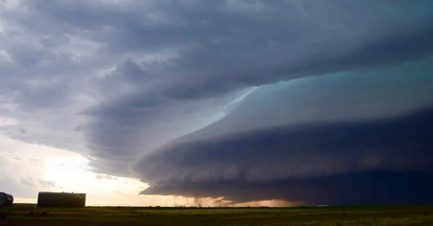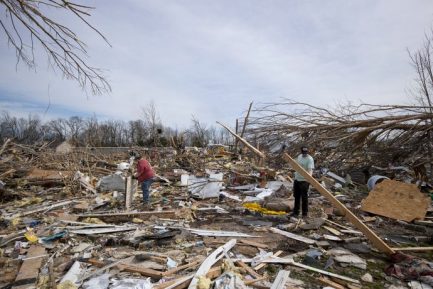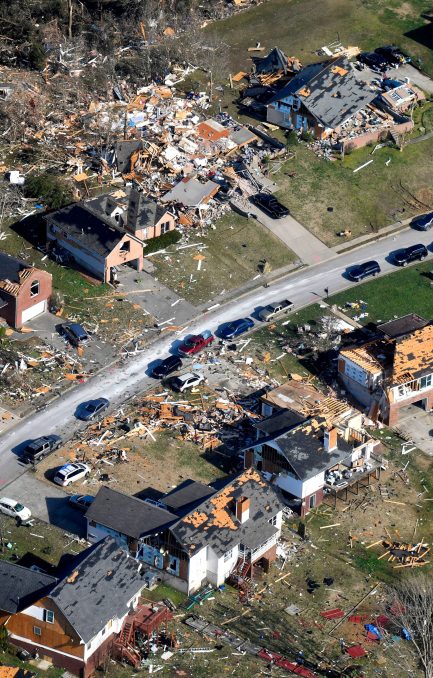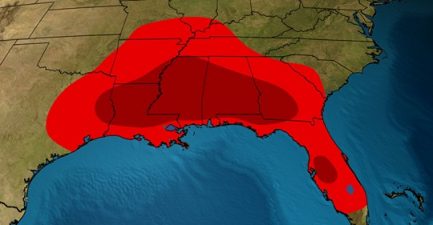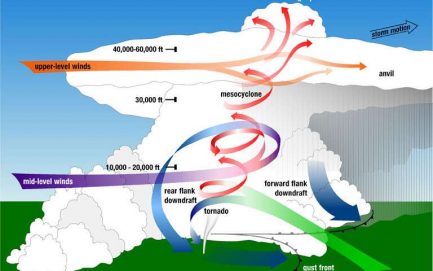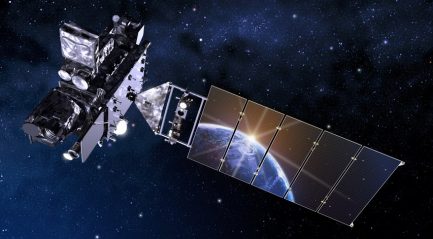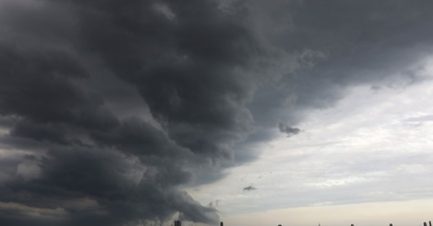(CNN) A massive cold air outbreak over the central US in early February set hundreds of cold temperature records, stretching the power grid in Texas and leaving millions without power. Sound familiar? The year was 2011, when a moderate La Niña weather pattern and an active jet stream generated the scenario that’s almost identical to…
The tornado drought of 2020: Plains lacked trademark twisters this past year
The National Weather Service in Wichita ordinarily issues warnings for a host of tornadoes each spring. Kansas averages more than 100 twisters annually, more than many countries do. But in 2020, the Weather Service office in Wichita didn’t log a single confirmed tornado. That means parts of the East Coast — including New Jersey, New…
Weather Service tells Congress radar gaps don’t hurt warning accuracy, but outside scientists disagree
Weather forecasters around the country strive to warn communities in advance of every tornado that touches down, each flash flood that is about to occur and each winter weather event. One of the most reliable and costly tools at a meteorologist’s disposal for issuing watches and warnings is a network of 159 Doppler radars across…
Migrating Tornadoes Bring Heightened Danger to the Southeast
In March 2019, a violent tornado plowed through eastern Alabama, flattening houses and demolishing mobile homes. Twenty-three people were killed including four children, ages 10, 9, 8 and 6. Exactly one year later, on March 3, 2020, a tornado gusting at 170 mph ripped through central Tennessee, killing 19 people. Four of the victims were…
Science of a storm: How a 2% tornado risk turned into total chaos in Tennessee
At 12:41 a.m. on March 3, a 911 operator answered the call of a panicked man under the Jefferson Street Bridge in Nashville. “Are there current tornadoes on the ground?” he asked. The operator barely had a chance to respond. In the next instant, a forceful wind roared across the phone line. For 33 seconds,…
January’s Tornado Threat is Highest in the South and There Have Been Large Outbreaks
January’s reputation for bone-chilling cold usually doesn’t make you think of tornadoes ripping up homes and trees, but they happen most years, and sometimes there can be large outbreaks. The South is the region most likely to experience tornadoes in January, and occasionally tornadoes can spin up farther north. This so-called Dixie Alley is most…
Size of thunderstorm dome clouds may predict tornado intensity
The size of a bulge at the top of a thunderstorm’s anvil-shaped cloud may allow researchers to forecast the strength of tornadoes that spawn from such storms, according to a new study in AGU’s journal Geophysical Research Letters. Tornadoes, particularly those with strong winds, pose a serious threat to the property and lives of people…
GOES-17 instrument problem blamed on blocked heat pipe
WASHINGTON — A report released Aug. 1 concluded that a problem with an instrument on the GOES-17 weather satellite is likely caused by some kind of blockage in a system used to cool the instrument. NASA and the National Oceanic and Atmospheric Administration released a summary of the final report by a mishap investigation board…
Chicago is not tornado-proof. Here’s why.
Despite being known as the Windy City, Chicago has developed a false reputation as being impervious to tornadoes. In its history, Chicago has seen very few tornadoes compared with the rest of Illinois, which, as a whole, sees dozens of tornadoes annually and has endured the nation’s deadliest tornado, the 1925 Tri-State tornado that left…
Tornado activity shift puzzles scientists
WEST LAFAYETTE — Tornado season, generally spanning from March to June, is upon us. There were more than 130 reports of tornadoes across the country during the last two weeks of May, and earlier this year, 23 people were killed in a cluster of tornadoes near the border of Georgia and Alabama. Although tornado deaths…


